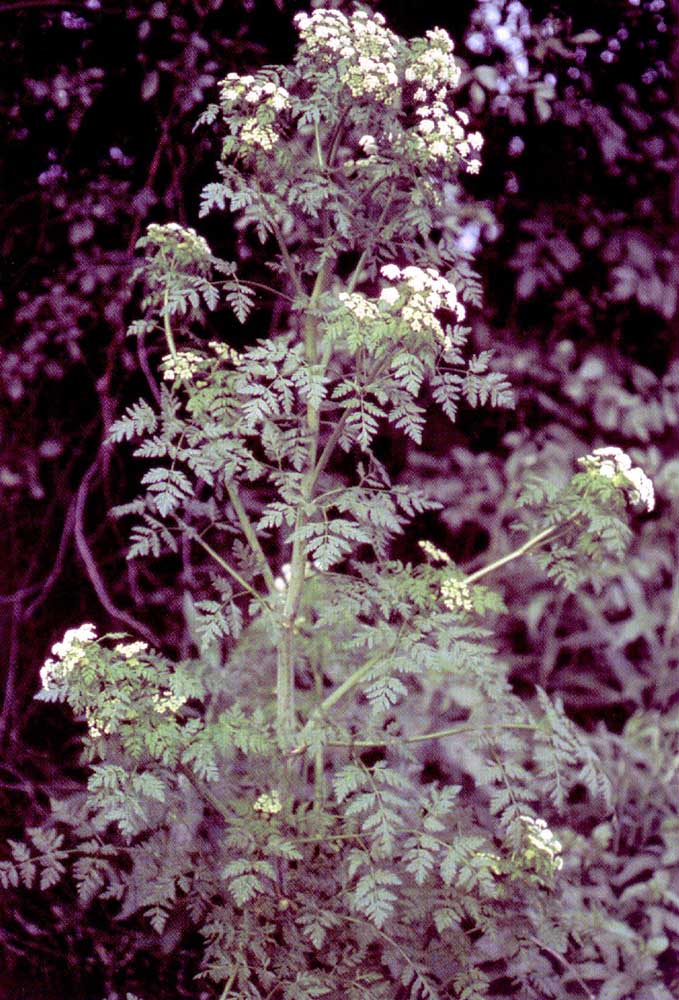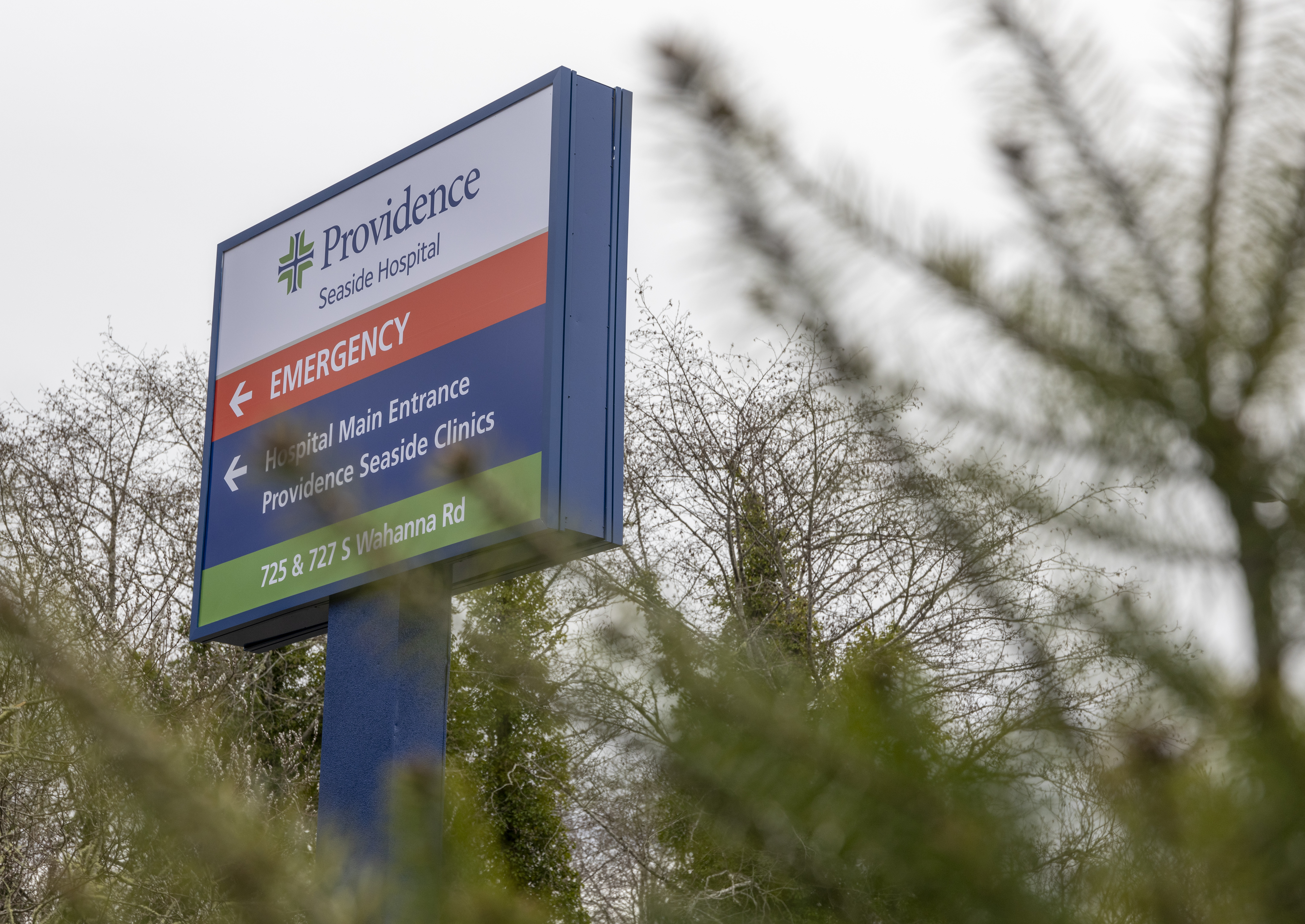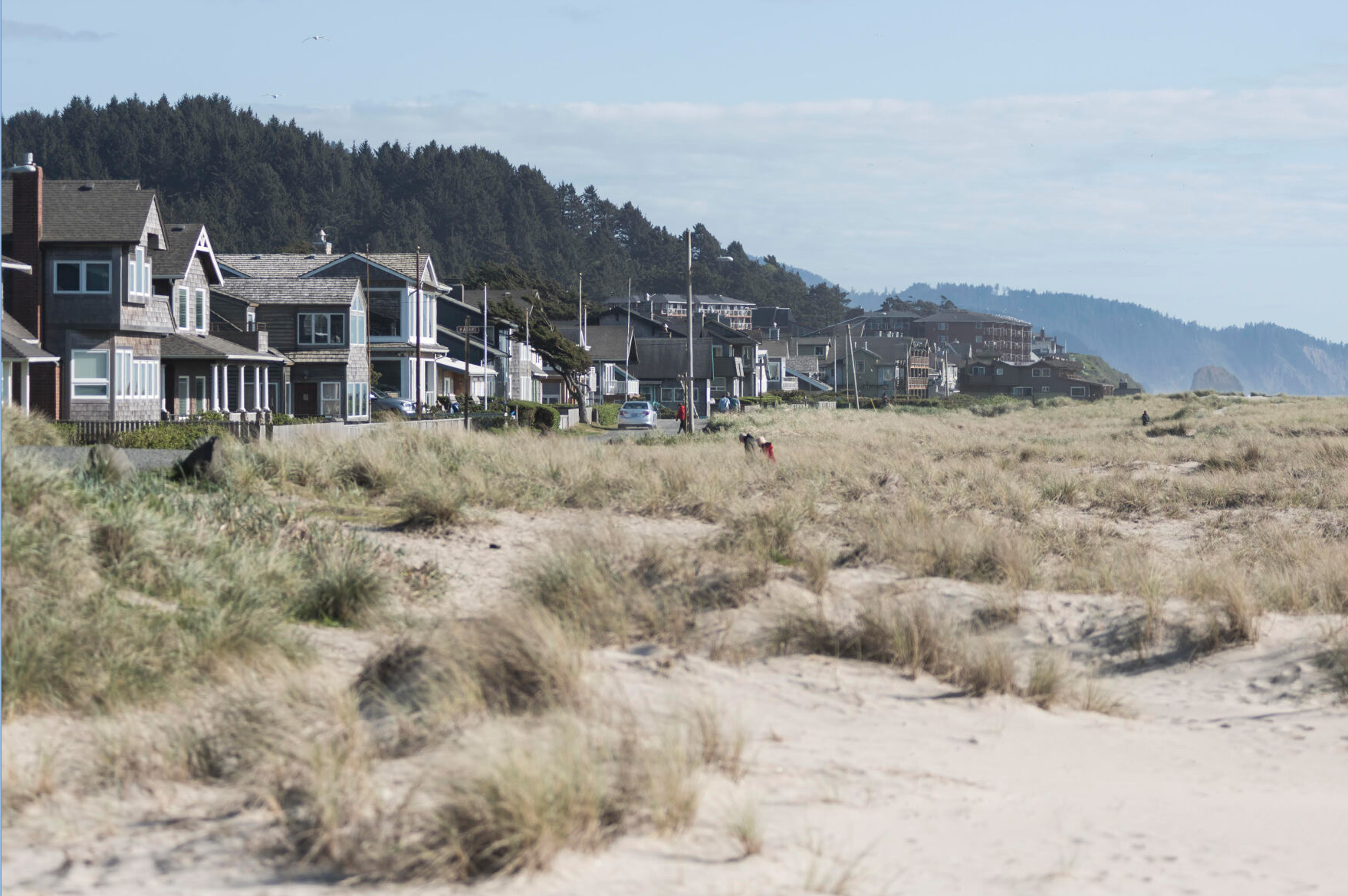Poison hemlock often mistaken for edible plants
Published 6:55 am Friday, May 29, 2015

- Poison hemlock is a common plant in western Washington state, with accidental poisonings most likely to occur in the spring when it most closely resembles several other plant species, some of which may be gathered for food by foragers.
‘If you’re wrong, you’re in big trouble,’ expert warns
Trending
By Katie Wilson
EO Media Group
WASHINGTON STATE — So far this year, the Washington Poison Center has treated 10 people who have eaten poison hemlock, an invasive weed found throughout the Pacific Northwest that can easily be mistaken for an edible plant.
Trending
Though the reported numbers are average for any given year, not all incidents are reported and the 10 cases as of mid-May could be just the tip of the iceberg, said Dr. Alexander Garrard, the center’s toxicologist and clinic managing director.
Poison hemlock, or Conium maculatum, is not related to the hemlock tree, but can be deadly. There is no antidote for the toxic alkaloids in poison hemlock, although the effects can be managed through supportive care. All of the plant’s parts can kill humans and animals, even when dried, and it can easily be mistaken for more benign members of the carrot or parsley family (Apiaceae), including wild carrot (Queen Anne’s lace), parsley, parsnip, sweet cicely, anise, fennel, wild chervil and caraway, as well as the toxic Western water hemlock, or watercress, which is in another family.
In spring, a lot of these plants’ leaves, flowers and seeds look similar, making it even more difficult for foragers and gardeners to figure out if what they’re about to add to a salad is delicious or deadly.
“If you’re not a botanist … I mean, you could give it to me and in the lab we could look at it under a microscope and tell you definitively,” said Cindy Riskin, master of environmental horticulture, who wrote a press release for the Washington State Noxious Weed Control Board warning the public of the dangers of misidentifying poison hemlock.
Outside of a lab, though, foragers really only get to be wrong once about poison hemlock, Riskin said. “If you’re wrong, you’re in big trouble.”
Poison hemlock is widespread in Washington state, growing along stream banks and roadsides, in vacant lots and construction sites, especially where the soil is moist. It even creeps into gardens. One person died in 1999 in Washington after eating the plant, and another died in 2010. The Greek philosopher Socrates famously killed himself by drinking poison-hemlock tea in 399 B.C. after being accused of refusing to recognize the gods recognized by the state and “corrupting the youth.”
In Washington in 2012, approximately 17 people were reported to have been exposed to poison hemlock — a high number regional newspapers ascribed to the rising popularity of foraging for wild, edible plants.
Once eaten, however, poison hemlock quickly reveals itself to be much more than an attractive-looking salad green. The toxic alkaloids attack the nervous system, causing symptoms such as a burning sensation in the mouth, nausea, vomiting, confusion, rapid heartbeat, seizures and paralysis. For some people, even touching the plant may cause a severe skin reaction. People die from eating poison hemlock due to respiratory paralysis.
One Bellingham-area man chopped up poison hemlock with garlic, carrots and onions in 2013, according to local news reports. Minutes after eating a small amount he said tremors began to run throughout his entire body. He spent four hours in the emergency room and felt fatigued for days afterward, but suffered no long-term damage. A representative of the Whatcom County Noxious Weed Control Board said he was lucky.
“Misidentifying poison hemlock or other toxic plants can have truly tragic results,” said Alison Halpern, executive secretary of the Washington State Noxious Weed Control Board in a statement this month. “Learn from an expert before foraging for wild plants, and if you think you have poison hemlock on your property, contact your county weed board, conservation district or WSU Extension office to learn how to safely get rid of it.”
As the poison hemlock continues to grow, it has more recognizable features though it is still all too easy to mistake it for something else. Telltale characteristics include purple spots on a smooth, hairless hollow stem that grows 2 to 12 feet tall accompanied by a musty smell. During its first year, it resembles a rosette of glossy, fernlike leaves and its stem may or may not show purple. In its second year, the poison hemlock produces umbrella-shaped clusters of white flowers which develop into ridged seeds. Wild carrot, for which it is often mistaken, is usually only 3 feet tall or less and produces one dense flower cluster on a narrow, hairy stem, sometimes with a purple flower in the center.
To any would-be foragers, Riskin advises to proceed with caution, go with a botanist or experienced forager, harvest any plant carefully, and check various identification guides. If there is any question about whether or not the plant is safe, leave it alone, Riskin said. Mushroom foragers are always encouraged to only eat small amounts of wild mushrooms at a time since different people can react differently even to wild mushrooms generally considered safe.
For a general guide to plants that produce lacy, white flowers — such as poison hemlock — here is a handy guide: www.nwplants.com/information/white_flowers/white_comparison.html









